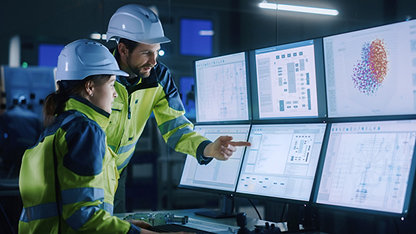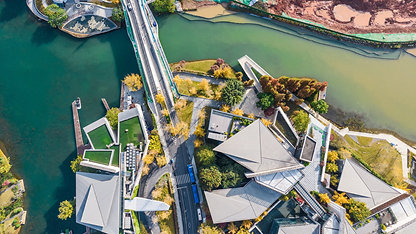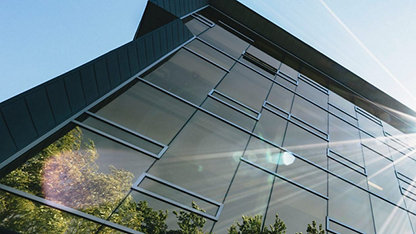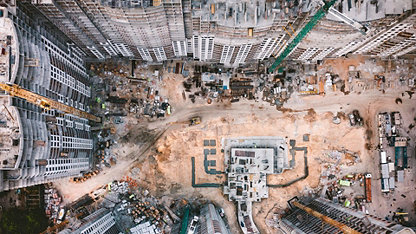BCIS provides life cycle cost benchmark data for buildings that can be used in conjunction with the second edition of the International Construction Measurement Standards (ICMS 2).
In ICMS 1, capital construction costs, associated capital costs and site acquisition and client’s other costs combine to form a total capital cost. In ICMS 2, these costs are viewed from a whole life costs (WLC) perspective. Acquisition costs (AC) appear under the non-construction costs bracket. The life cycle costs (LCC) are:
- construction costs (CC): costs incurred by the construction works
- renewal costs (RC): costs of renewals included in the capital rather than the revenue budget
- operation costs (OC): costs incurred in the day-to-day operation of a built asset
- maintenance costs (MC): costs of keeping a built asset in good condition and
- end-of-life costs (EC): costs incurred when planning and managing the next step for a building when it is no longer in use.
The life cycle cost section of the BCIS Building Running Costs Online service provides benchmark costs for most building types, covering:
- renewal costs, including fabric, services and decorations
- maintenance costs, including fabric and services
- operating costs, including cleaning and utilities.
ICMS 2 is a response to industry feedback from ICMS 1, which resulted in the formation of a second independent standards setting committee (SSC) that included experts in life cycle costing. Both editions of ICMS have adhered to a transparent, detailed and inclusive development process, and around 300 comments were received and reviewed during the consultation period for ICMS 2.
Life cycle costs play a key role in the financial management of construction projects. They allow critical decisions to be made relating to longer-term and capital costs that ultimately affect asset performance, longevity, disaster resilience and sustainability. ICMS 2 is a high-level cost model for recording the life cycle costs of a project and the constructed asset.
The life cycle cost section of the BCIS Building Running Costs Online service provides benchmarks by building type that can be adjusted for:
- the size of the building and
- the length of the building life required for the study.
Results can be calculated for:
- running costs only or
- life cycle costs using a benchmark £/m2 figure for the capital cost.
Results can be calculated at:
- current cash (0 per cent inflation)
- future cash using a selected interest rate or
- net present value (NPV) using a selected discount rate.
The example in Table 1 shows that over 30 years, the cost in use amounts to nearly the same as the capital costs.
Primary school, 1500m2, 30-year study, life cycle costs at current cash (0 per cent interest)
Costs at 4Q2018 and UK mean location














